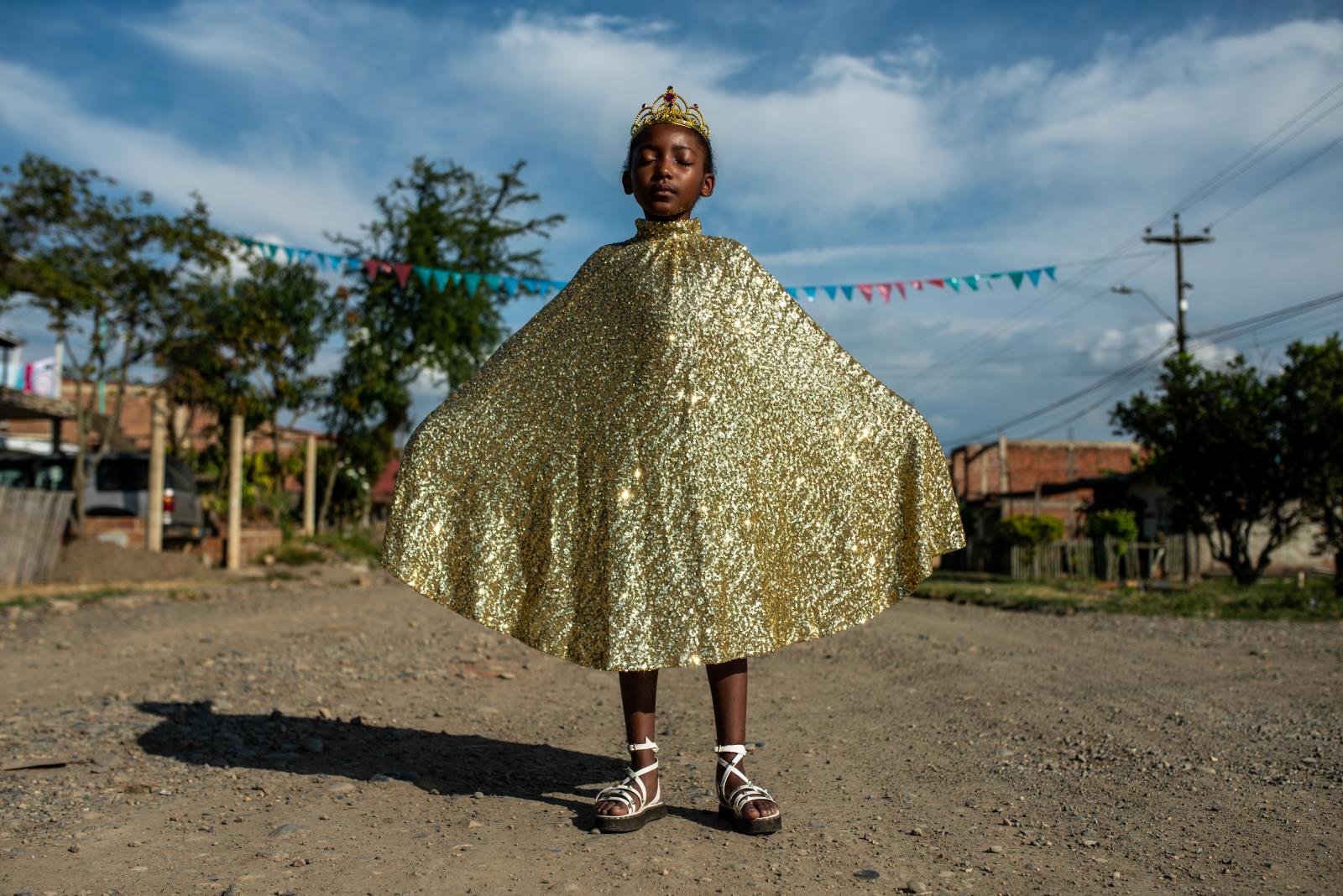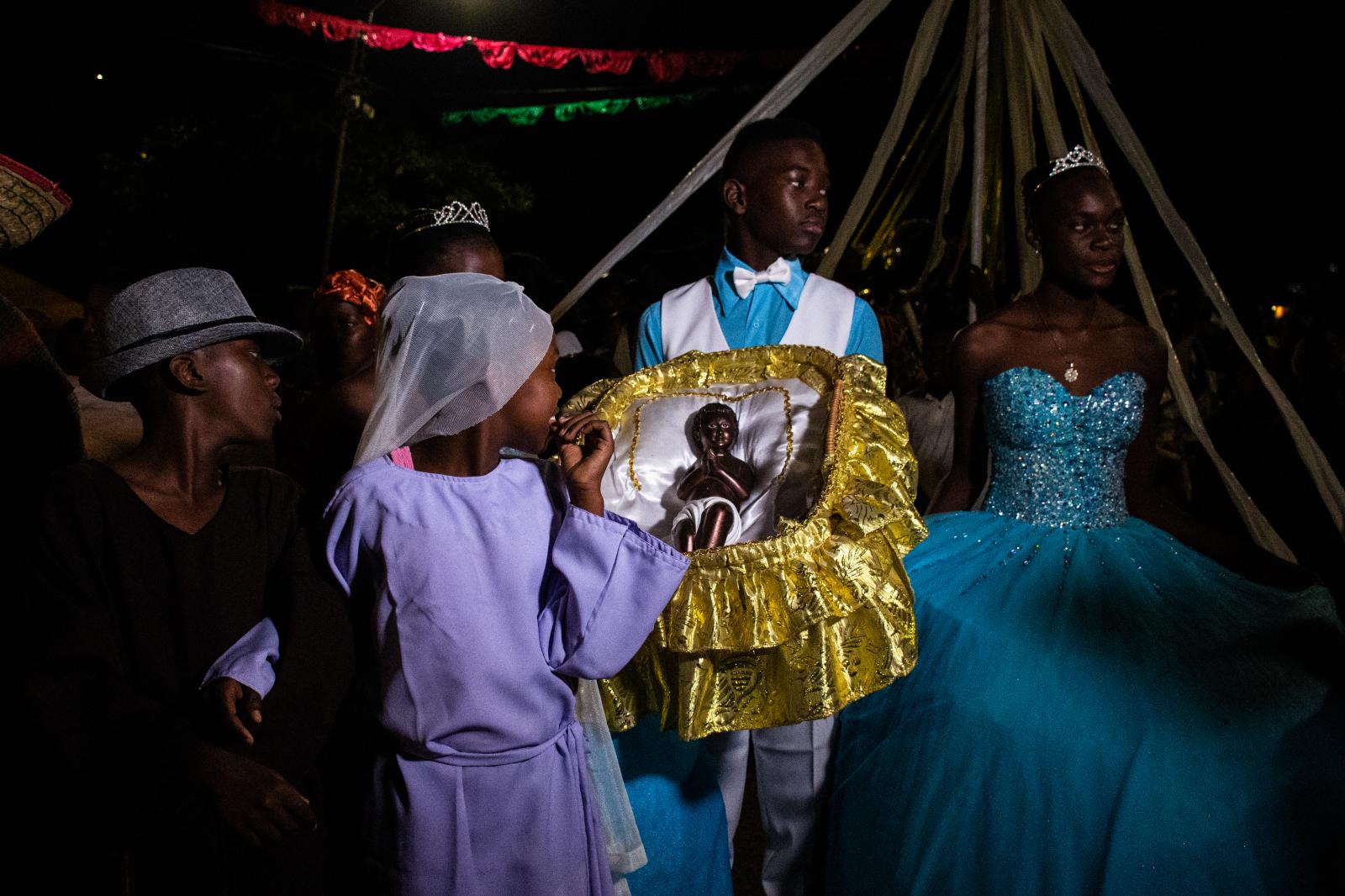Private Story
Black Baby Jesus was born in February
Summary
The Afro-Colombian residents of Quinamayó have followed a unique tradition: celebrating Christmas 40 days after the traditional date, a custom begun under the subjugation of slavery.
That was the case of Christmas, which is celebrated 40 days after the traditional date of Jesus' birth, the time it took the Virgin Mary to rest after giving birth, resulting in mid-February, which was also the period of rest for enslaved people.
The festivity has been preserved for almost 200 years. Nowadays, the celebration spans four days: the first day involves a cultural and musical gathering among Afro-Colombian communities from Cauca and Valle del Cauca departments. The second day is the most significant, as it hosts the procession in honor of the Black Baby Jesus, where the kids dress up as biblical characters. On the third day, a pageant is held to choose the Afro Queen of Sympathy. Lastly, on the fourth day, people dance the juga, a native Afro-Colombian rhythm.
This illustrates how numerous Afro communities reinterpreted Catholic symbols to express unity and identity in Latin America after colonial times. This is known as syncretism: the process in which two or more distinct belief systems merge to create a new one. Quinamayó and its celebration stand as a local and universal testament to this phenomenon.
Despite its long history, Quinamayo's Christmas could be in danger of disappearing for several reasons: the lack of budget to maintain the celebration in an impoverished town, the younger generations' growing interest in emerging cultures rather than their own heritage, and the fact that much of Quinamayó's history is preserved through oral tradition, making it more susceptible to being forgotten among the youth.


























